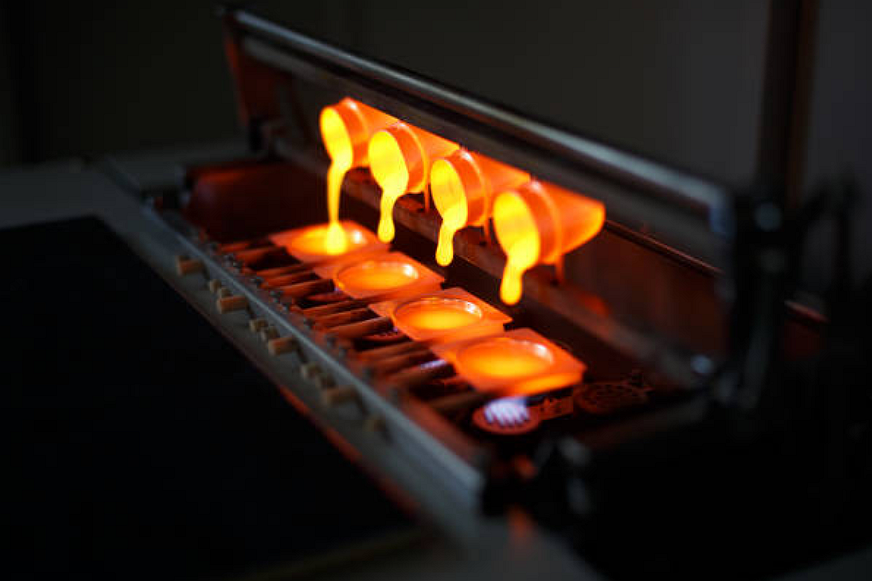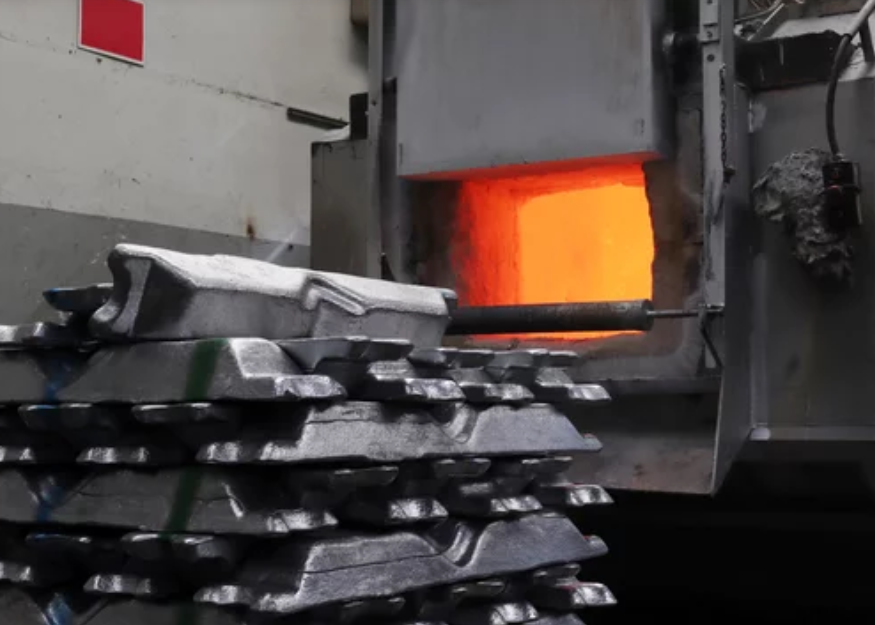How to reduce weight and cost of large cast/forged parts while ensuring safety?
From a structural engineering standpoint, reducing the weight and cost of large cast or forged parts must never compromise fatigue life, fracture toughness, or safety factors under worst-case loading. The most effective strategy is to treat geometry, material, and process as a coupled system: use near-net-shape processes such as precision casting, investment casting, or optimized sand casting and gravity casting to place material only where it truly carries load, while validating all changes through simulation and full-scale testing.
Geometry Optimization to Remove Non-Functional Mass
Most large cast and forged components—such as hubs, brackets, bearing housings, and structural nodes in energy or aerospace applications—contain historical “overbuild” for safety. Using topology optimization and FEA on realistic load cases, ribs, pockets, and hollow sections can be introduced to remove low-stress material while maintaining stiffness and safety margins. Near-net-shape routes like cast carbon steel or cast stainless steel enable these complex geometries at scale.
Before committing to tooling, it is advisable to validate the optimized geometry with full-scale prototypes via prototyping, including CNC machining prototyping for critical interfaces and 3D printing prototyping for design review and early structural tests.
Material Substitution and Alloy Strategy
Weight reduction with safety often comes from moving to higher performance alloys that allow thinner sections without sacrificing strength. For example, replacing conventional cast carbon steel with high-strength nickel-based alloys or cast titanium in highly loaded zones can enable significant mass reduction. For large housings where stiffness dominates, cast aluminum or dedicated aluminum die casting alloys like A356 or A380 can replace steel, provided that joint design and fatigue behavior are carefully engineered.
When dealing with extreme temperatures or corrosive environments, superalloys processed by investment casting or even superalloy 3D printing allow local reinforcement only where needed, avoiding heavy, uniform cross-sections. This “right material in the right place” approach reduces both weight and total alloy consumption cost.
Process Selection to Balance Cost and Performance
Process capability has a direct impact on both cost and safety. Switching from heavy forgings plus extensive machining to near-net-shape precision casting can cut raw material waste and machining time dramatically, while still achieving high mechanical properties when combined with proper heat treatment. For less critical but large components, optimized sand casting or gravity casting offers a more economical route than heavy forgings, especially at medium to high volumes.
For multi-part assemblies in sectors such as automotive or power tools, redesigning a monolithic forging into several cast or sheet metal fabrication subcomponents can also reduce cost and enable easier manufacturing, provided that joint design, welds, and bolted interfaces are validated for peak loads and fatigue.
Safety Validation and Quality Control
Any mass and cost reduction must be backed by strict validation. This includes FEA of ultimate and fatigue load cases, proof-load and fatigue testing on components produced using the target processes, and strict process controls to prevent porosity, inclusions, or dimensional deviations. Non-destructive testing on critical cross-sections of investment cast or precision cast parts is crucial to ensure that actual defect levels align with design assumptions and safety factors.



